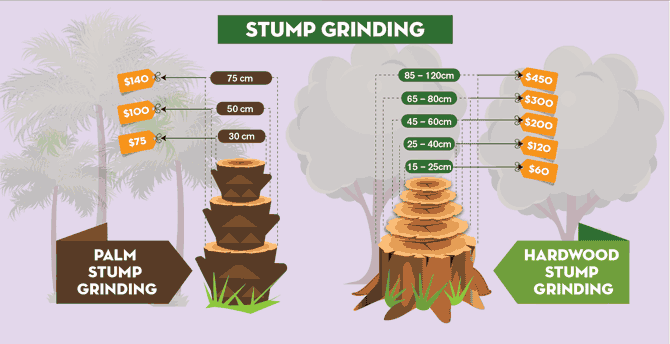Post-Tree Removal Upkeep Is Important For Recovering Your Landscape; Find Out Essential Actions To Revitalize Your Location And Avoid Possible Troubles
Post-Tree Removal Upkeep Is Important For Recovering Your Landscape; Find Out Essential Actions To Revitalize Your Location And Avoid Possible Troubles
Blog Article
Material Author-Nunez Massey
After a tree's removal, your landscape might look fairly various, and it's important to assess the after-effects very carefully. You'll want to assess the soil disturbance and check surrounding plants for any type of signs of stress and anxiety. Disregarding these factors can bring about bigger issues down the line. So, what should you perform with those stumps and roots? And how do you pick the very best plants for your rejuvenated room? Let's discover these vital actions.
Evaluating the Aftermath: Evaluating Your Landscape
After a tree removal, it's important to examine your landscape to comprehend the impact it carries your yard.
Begin by analyzing the location where the tree stood. Seek indicators of dirt disruption, and examine the surrounding plants for any kind of stress or damages.
You ought to additionally remember of exactly how the removal has actually transformed sunlight exposure and air flow in your yard. This change can influence the growth of nearby plants, so it's necessary to review their health and wellness.
Consider the aesthetic facets as well; the elimination might develop an open space that you can upgrade.
Ultimately, think about any type of possible disintegration issues that may develop from the tree's lack. Resolving these factors early will help restore equilibrium to your landscape.
Taking care of Stumps and Origins: Options for Elimination
As soon as you've analyzed the aftermath of the tree removal, you'll likely need to tackle the stump and roots left.
You have a few alternatives for elimination. One efficient approach is stump grinding, where an expert utilizes a maker to grind the stump to underground degree. This technique leaves marginal disruption to your landscape.
If you like a DIY method, you can use a combination of digging and chemical stump cleaners. Simply keep in https://emilianokfytn.dreamyblogs.com/35644875/the-essential-overview-to-stump-grinding-strategies-benefits-and-expenses , this procedure can require time and initiative.
Additionally, consider leaving the stump as a natural attribute, which can act as a special garden element or habitat for wildlife.
Whatever you choose, dealing with the stump and origins is important for restoring your landscape.
Selecting the Right Plants for Your New Space
As you analyze your newly removed area, picking the right plants can considerably boost your landscape's beauty and functionality.
Begin by taking into consideration the sunlight and dirt conditions. For When Is The Best Time To Prune Trees , go with drought-resistant plants like lavender or succulents. In shaded places, brushes and hostas flourish well.
Think about the dimension and development practices of your plants; mix perennials and annuals for seasonal selection. Don't fail to remember to include indigenous varieties; they need much less upkeep and assistance regional wild animals.
Team plants in weird numbers for an extra natural appearance and create layers for visual deepness.
Lastly, guarantee you have a mix of shades and textures to maintain your landscape dynamic throughout the seasons.
Pleased growing!
Final thought
Finally, recovering your landscape after tree removal is a gratifying process. By examining the aftermath, resolving stumps and roots, and choosing the right plants, you'll develop a thriving atmosphere. Do not fail to remember to incorporate disintegration control measures to shield your dirt. With a little effort and care, you can transform your space right into a lively garden that boosts your home. Accept the opportunity to invigorate your landscape and delight in the charm of nature right in your backyard!
